PowerPoint enables you to edit inserted pictures using the adjust picture options, and provides you with some preset Picture Styles which can be directly applied to the selected pictures. Also, you can add beautiful borders to the pictures. But, this is not the end. You can also apply individual effects to the inserted picture like, a shadow, glow, bevel, 3-D rotation etc. as explained below:
- Open your presentation, and navigate to the slide which contains the picture that you want to apply an effect to, and select the picture.
- Alternatively, if you want to start from the beginning, launch PowerPoint 2011 for Mac. You will see the Presentation Gallery. Click the Cancel button in this gallery to open a blank presentation with a new slide. PowerPoint 2011 for Mac users can change the slide layout to Blank by selecting the Home tab | Layout | Blank option. Then, insert a picture and select it.
- This brings up the Format Picture tab on the Ribbon (highlighted in red in Figure 1). Make sure that this contextual tab is activated. Within the Format Picture tab, locate the Picture Styles group and click the Effects button that you can see in Figure 1 (highlighted in blue).
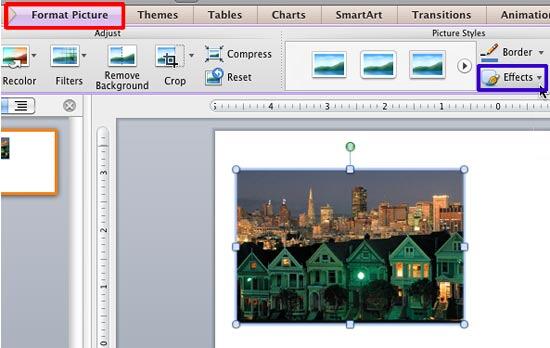
Figure 1: Effects button within the Picture Styles group Note: The
Format Picture tab is a
Contextual tab. These contextual tabs are special tabs in the
Ribbon that are not visible all the time. They only make an appearance when you are working with a particular slide object which can be edited using special options.
- This opens the Effects drop-down gallery, as shown in Figure 2.
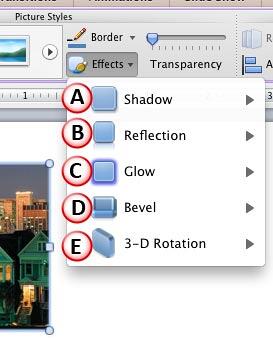
Figure 2: Effects drop-down gallery - Let us explore these Effects options as marked in Figure 2, above. For more information on how to apply these effects, refer to the linked tutorials below. Although these linked tutorials discuss the Effect options for Shapes, the procedures explained applies to Pictures as well:
A. Shadow
- Applies a shadow to the selected picture. PowerPoint provides three types of shadows: outer, inner, and perspective. You can apply any of these, or customize them to meet your requirements. Refer to our Apply Shadow Effects tutorial for more information on how to use the Shadow Effect.
B. Reflection
- Adds a reflection to the selected picture, and you can choose from several reflection styles. Remember, you should not use shadow and reflection for the same slide object such as a picture. Refer to our Apply Reflection Effects tutorial.
C. Glow
- Provides a hazed, blurred color perimeter outside the Picture area. PowerPoint provides several glow variations; the glow colors are based on the Theme colors, although you can also choose any other color as well. Refer to our Apply Glow Effects
tutorial.
D. Bevel
- Applies bevel effects to the selected picture. You can also customize the applied bevel. Refer to our Apply Bevel Effects tutorial.
E. 3-D Rotation
- Imparts parallel, perspective, and oblique 3-D effects to the selected picture. Refer to our
Apply 3-D Rotation tutorial.
F. Soft Edges
- Although this effect is not listed within the Effects gallery (see Figure 2), you can access it through the Format Picture dialog box. This effect makes the picture edges feathered, almost like a moth-edge. To access the Format Picture dialog box, right-click (or Ctrl + click) the picture, and choose the Format Picture option, as shown in Figure 3 below. Learn more about Soft Edges in our Apply Soft Edges tutorial.
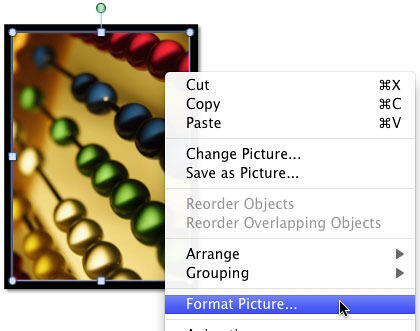
Figure 3: Format Picture option to be selected - Choose and apply any of the picture effects to your picture. You can apply more than one effect to the same picture. Figure 4, shows the six variants of the same picture with all the effect types applied.
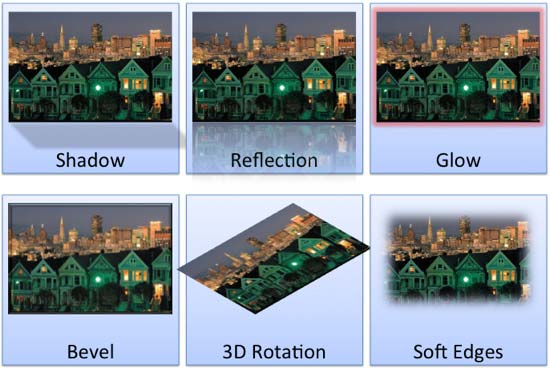
Figure 4: Variants of the same picture with different effects applied - You can also apply multiple effects to the same picture. Figure 5, shows a picture with three effects applied (Shadow, Bevel, and 3-D Rotation). Compare Figures 1 and 5.
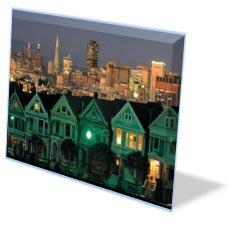
Figure 5: Multiple Effects applied to one picture - Remember to save your presentation often.







